MENU

Landscape Reclamation
Our approach
The purpose of remediation and reclamation is to restore landscape functions and to complete the landscape in order to minimize the negative impacts of deposit mining on the landscape function. We perform reclamation on agricultural land, forest land and water bodies.
Reclamation phases

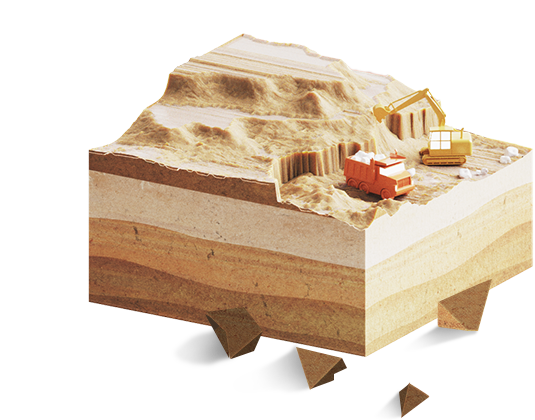
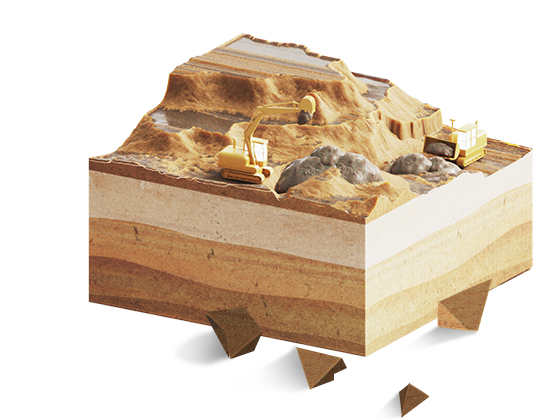
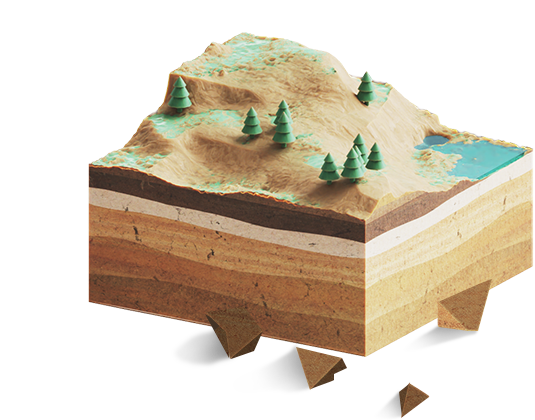
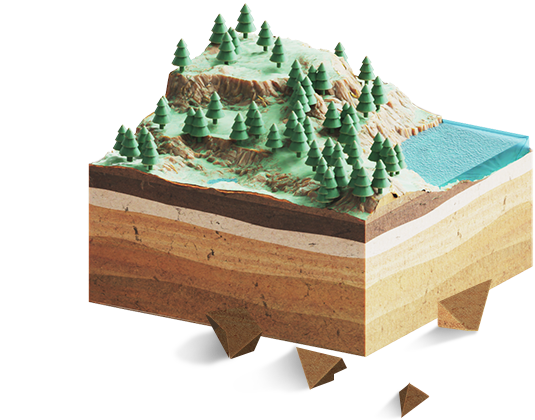
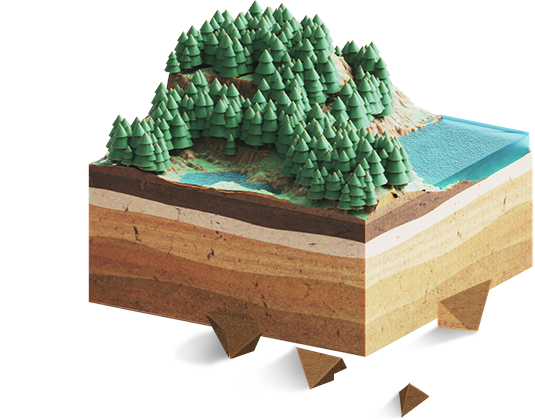
- 1 year
- 2 year
- 3 year
- 4 year
- 5 year
- 6 year
- 7 year
- 8 year
- 9 year
- 10 year
- 11 year
- 12 year
- 13 year
- 14 year
- 15 year
- 16 year
- 17 year
- 18 year
- 19 year
- 20 year
01End of the mining
After the end of mining in the quarry, the so-called remediation is carried out, ie landscaping of the excavated quarry , followed by its own reclamation - technical and biological.
02Technical part
These are the final detailed landscaping, the introduction and distribution of fertile layers, etc.
03Biological part
Agricultural - (five-year reclamation cycle) mainly grassland formation Forestry - (ten-year reclamation cycle) planting either on clearings or the use of natural succession
04Nature-friendly reclamation
In the case of agricultural reclamation we use at least a five-year cycle, in the case of forest reclamation at least a ten-year cycle.
It makes sence
In the last 45 years, our organization has created by reclamation of excavated areas of surface kaolin deposits
8,1 hectares water areas
79,4 hectares of agricultural land
69,8 hectares of forest
172k seedlings of deciduous trees
86k seedlings of coniferous trees
29k shrub seedlings

Lifelong project
Due to their relatively small size, the areas affected by kaolin and clay mining could become important biocentres with a suitably chosen method of reclamation, contributing to the growth of biodiversity and increasing the ecological stability of the whole region. On the other hand, suitably selected localities could be adapted according to the requirements of municipalities, eg. for swimming pools or areas suitable for the construction of recreation centers, cottage areas, etc.
However, the way to this solution is to amend the Act on the Protection of Agricultural Land Fund, which would allow the establishment of a completely new approach to addressing the consequences of mining activities.
Our success in numbers
86 ths. seedlings of coniferous trees
8.1 ha of water areas
79.4 ha of agricultural land

Jan Hujsl RNDr.
Geologist
He has been dealing with the issue of covering the negative consequences of mining activities for about 25 years. Originally, he participated in the elaboration of remediation and reclamation plans for various kaolin quarries as part of supplier services. Upon arrival at Sedlecký kaolin a.s. it gave him the opportunity to translate these plans into specific projects and then to participate directly in their implementation. As he himself says: "I consider it an ideal state when I can realize an idea or vision." Beautiful on the process of remediation and reclamation is the chance to create local centers with a high degree of biodiversity with the significant contribution of natural processes in our predominantly dull agricultural landscape. Ultimately, mining activity has an extremely positive effect on the landscape.
Nature-friendly reclamation
If mining took place on a small scale and in an ecologically balanced environment, nature alone was able to cover the negative effects of human intervention in the environment. In its final phase, paradoxically, mining interventions in nature led to a significant increase in the ecological stability of the relevant areas after the subsequent natural reclamation.
Life and nature will find their way

Vstavač májový
It belongs to orchids
It grows naturally on swampy meadows, bogs or peat bogs. In our enhanced agricultural landscape, such areas are minimal and declining. Properly managed mining activities as well as subsequent remediation and reclamation of mining-affected areas enable the creation of such sub-sites where these beautiful flowers can survive in peace.

Břehule řiční
It belongs to the family of swallows
It needs specific conditions for nesting - 1 - 5 m high unshaded vertical walls in sandy or clayey sandy sediments, which are annually or min. newly built every two to three years. The population of the river bank in the Czech Republic is thus 97% dependent on the walls created by mining activities.
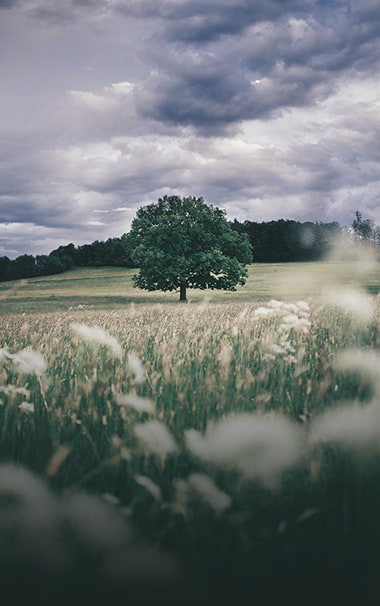
Nedalek's plants
Places that serve people and nature
Thanks to reclamation, we preserve the landscape for future generations.
You often ask us ...
Significant changes in the landscape relief have been and continue to be associated with the extraction and treatment of kaolin and with the transfer of overburden. After deep mining, subsidence basins, subsidence microforms (pinky), dumps were formed. After opencast mining, these are pit quarries and external dumps. The formation of slag reservoirs is related to processing.
If mining was carried out on a small scale and in an ecologically balanced environment, nature itself was enough to smooth out the negative effects of human intervention in the environment. In its final phase, paradoxically, mining interventions in nature led to a significant increase in the ecological stability of the relevant areas after the subsequent natural reclamation.
A necessary accompanying phenomenon of current mining systems is the extensive transformation of all components of the landscape in exposed areas. In these cases, it is no longer possible to leave reclamation processes to nature alone. It is absolutely necessary that one enters actively, but at the same time very cautiously (it is essential to use natural succession!) In the reclamation process and contributes to the remediation of the affected areas. The concept of restoration of landscape functions is based on the restoration of ecological stability, both on areas for future economic use and in ecologically important segments of the landscape.
The vast majority of these areas were reclaimed agriculturally and, after the successful completion of reclamation, handed back to agricultural production. Localities with forestry and hydraulic reclamation are gradually becoming important elements of the ecological stability of the landscape. A detailed analysis of the current state of reclaimed areas so far has shown that the current methods of reclamation have been successful in most cases. Any shortcomings identified were evidently caused by non-compliance with the projected procedure in the actual implementation of reclamation works.
We listen to you and we are interested in your opinion
Do you have questions about land reclamation? Feel free to contact us and write us your question below.